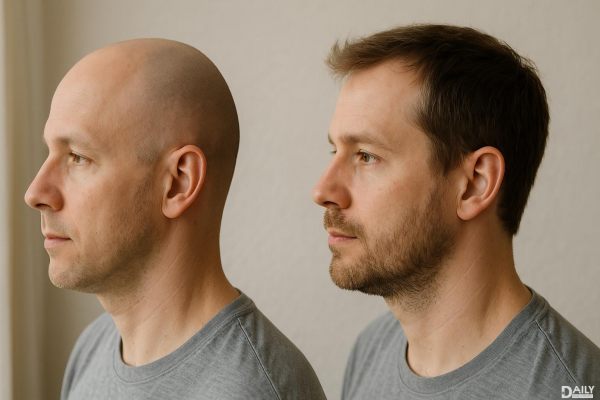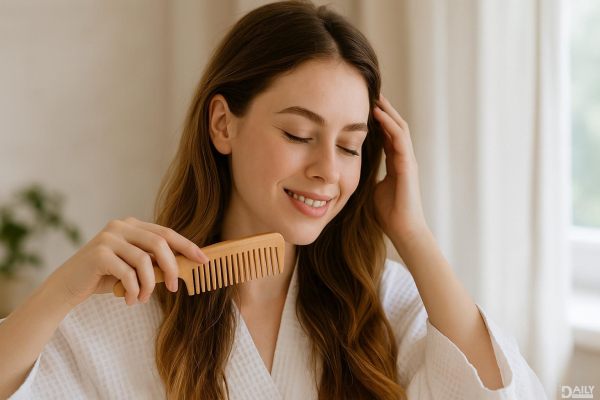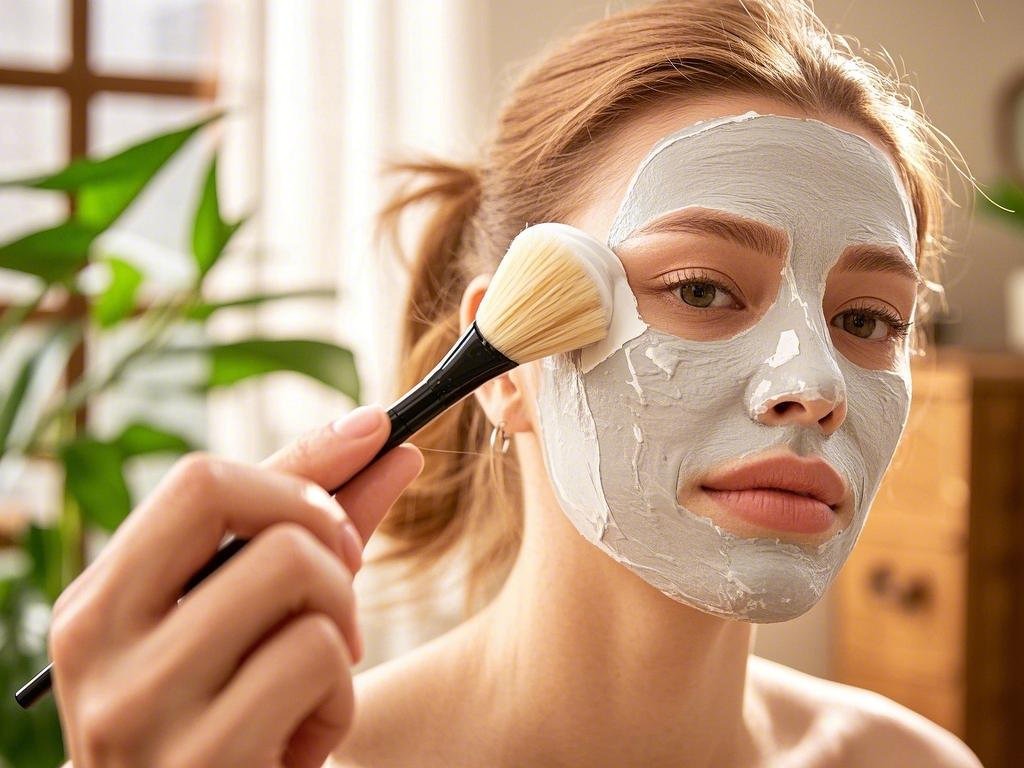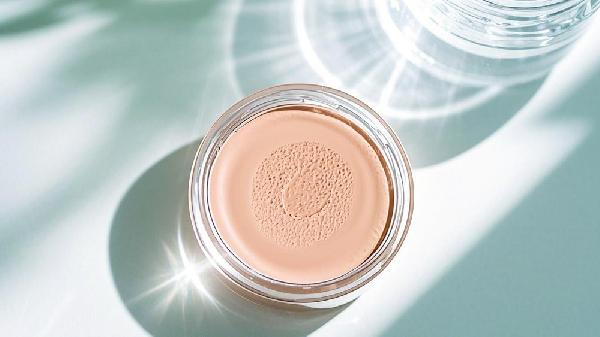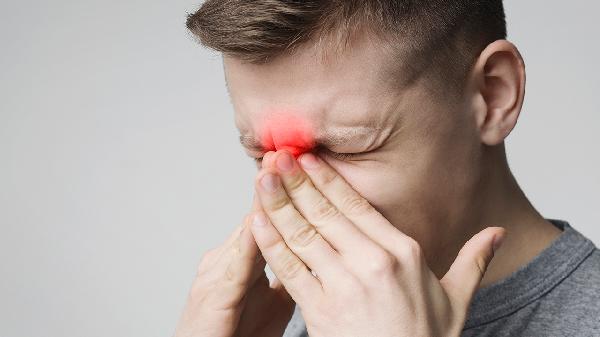Grey hair isn’t dead—it’s just a sign that your hair’s pigment factory has taken a break. While it might seem like those silver strands are lifeless, they’re still very much part of your living hair structure. The real story behind grey hair is a fascinating mix of biology, aging, and genetics. Let’s dive into the science and uncover the surprising truth about why your hair turns grey and what it means for your locks.

Your hair gets its color from melanin, a pigment produced by cells called melanocytes located in the hair follicles. These melanocytes work tirelessly to inject melanin into the hair shaft as it grows, giving you your natural hue—whether it’s blonde, brunette, or jet black. But as you age, these melanocytes start to slow down or even stop producing melanin altogether. When this happens, your hair grows in without pigment, resulting in grey or white strands. It’s not that the hair itself is dead; it’s just missing its usual color.
Melanocytes don’t just decide to quit on a whim. Several factors contribute to their decline. Genetics play a huge role—if your parents went grey early, chances are you will too. Stress, though not a direct cause, can accelerate the process by triggering oxidative stress, which damages melanocytes. Environmental factors like pollution and UV exposure also take their toll. Over time, the cumulative effect of these factors leads to fewer functioning melanocytes, and voilà—grey hair becomes your new normal.
Contrary to popular belief, grey hair isn’t inherently weaker or more fragile than pigmented hair. However, it can feel coarser or drier because it often has a different texture. As melanin production decreases, the hair’s natural oils may not distribute as evenly, leading to a rougher feel. Additionally, grey hair tends to be more porous, making it more susceptible to damage from heat styling or chemical treatments. But with the right care—think hydrating shampoos, conditioners, and occasional deep treatments—grey hair can be just as healthy and vibrant as its pigmented counterpart.
While there’s no magic pill to restore your hair’s original color, some research suggests that addressing underlying health issues or reducing stress might slow down the greying process. For example, deficiencies in certain vitamins like B12 or minerals like copper can contribute to premature greying, so fixing those deficiencies might help. There are also cosmetic options, like dyes or color-depositing products, that can temporarily restore your hair’s color. But for now, embracing the grey might be the most empowering choice.
Grey hair deserves some extra TLC to keep it looking its best. Start with a sulfate-free shampoo to prevent stripping away natural oils. Use a purple or blue-toned conditioner to neutralize any yellow or brassy tones that can develop over time. Regular trims will keep split ends at bay, and heat protectants are a must if you’re using styling tools. And don’t forget hydration—deep conditioning treatments or leave-in conditioners can work wonders for keeping grey hair soft and shiny.
Grey hair isn’t a sign of lifelessness—it’s a natural part of the aging process that tells a unique story about your journey. Whether you choose to embrace it or cover it up, understanding the science behind grey hair can help you care for it better and feel confident in your silver strands. So, the next time you spot a grey hair, remember: it’s not dead, it’s just living its best, pigment-free life.
